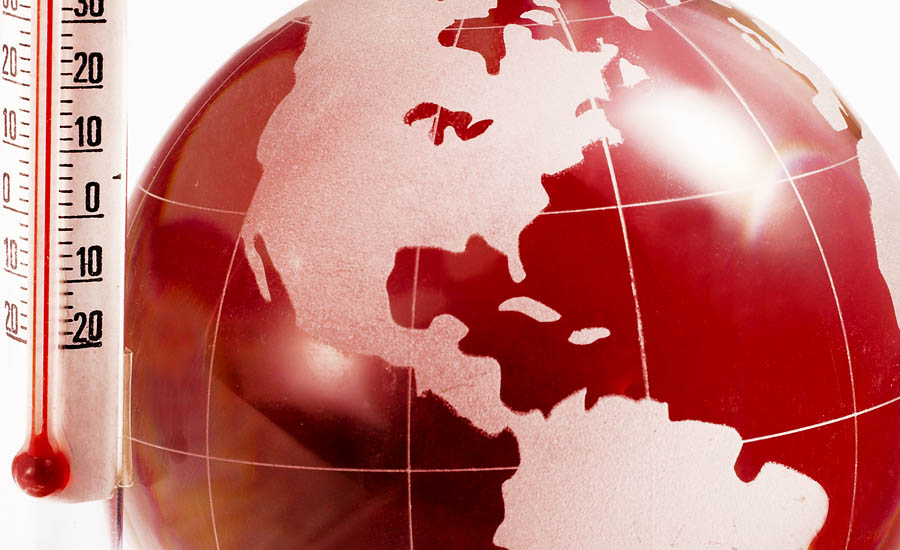A pollutant associated with climate change is sulfur dioxide, a component of smog. Sulfur dioxide and closely related chemicals are known primarily as a cause of acid rain. But they also reflect light when released in the atmosphere, which keeps sunlight out and creates a cooling effect. Volcanic eruptions can spew massive amounts of sulfur dioxide into the atmosphere, sometimes causing cooling that lasts for years. In fact, volcanoes used to be the main source of atmospheric sulfur dioxide; today, people are.
Airborne particles, depending on their chemical makeup, can also have direct effects separate from climate change. They can change or deplete nutrients in soil and waterways, harm forests and crops, and damage cultural icons such as monuments and statues.
What can be done?
Countries around the world are tackling various forms of air pollution. China, for example, is making strides in cleaning up smog-choked skies from years of rapid industrial expansion, partly by closing or canceling coal-fired power plants. In the U.S., California has been a leader in setting emissions standards aimed at improving air quality, especially in places like famously hazy Los Angeles. And a variety of efforts aim to bring cleaner cooking options to places where hazardous cookstoves are prevalent.
In any home, people can safeguard against indoor air pollution by increasing ventilation, testing for radon gas, using air purifiers, running kitchen and bathroom exhaust fans, and avoiding smoking. When working on home projects, look for paint and other products low in volatile organic compounds: organizations such as Green Seal, UL (GREENGUARD), and the U.S. Green Building Council can help.
Source: National Geographic www.nationalgeographic.com







